I’m Making The Google Pixel 9a My Next Smartphone For These 5 Reasons
Contents
I’ve heard plenty of noise surrounding the Google Pixel 9a. I’ve read several complaints and articles urging buyers to steer clear of Google’s latest midranger, and I just don’t understand them. Everyone has their opinion, and Google smartphones are more divisive than most, but the Pixel 9a is legitimately one of the company’s best devices in years and the best A-series phone.
Still, you might need some convincing as to why the Pixel 9a should be your next smartphone. I want to focus on aspects of the device that’ll affect your daily use. I won’t be mentioning bezels, and if you really can’t stand thicker bezels on a phone, then you’re not considering a Pixel 9a anyway. Instead, I want to highlight what makes the Pixel 9a’s core experience excellent and how you’ll be pleased with your purchase for years. Here are 5 reasons to ignore the hate and make the Pixel 9a your next smartphone.

Read our review
5 Improved display over previous years
Brighter than ever

If you haven’t purchased a Google Pixel in the last two years, you don’t realize how far the company’s displays have come. It might not be the Super Actua technology featured on Google’s more expensive offerings, but the 6.3-inch Actua panel on the Pixel 9a is fantastic. It’s a vibrant 1080p screen with 2,700 nits max brightness, and in testing, I had no issues viewing the display outdoors. I love the color saturation on the Pixel 9a’s display, and if you’re coming from a Pixel 7a or older Google smartphone, you’ll notice the difference.
Don’t be put off by the larger display size on the Pixel 9a. Initially, I was concerned that a bigger panel would ruin the phone’s compact feel, but that’s not an issue after use. If you’re a fan of smaller phones, the Pixel 9a will still work for you. As for the build, the Pixel 9a is IP68-rated for dust and water resistance. The display is protected by Gorilla Glass 3, which is far from the latest and greatest Corning has to offer, but I haven’t encountered any problems with durability.
4 Not the same-old Tensor
Google improved in several areas

Google’s Tensor chipsets get their fair share of criticism, and much of it was deserved in prior years. I think the Tensor G2 held the Pixel 7a back, and previous generations tended to overheat and negatively impact performance. Thankfully, those problems have been resolved on the Tensor G4. I don’t experience any of the overheating that plagued earlier devices. While you might argue the Tensor G4 isn’t powerful enough at flagship prices, it’s hard to complain about the performance for $500. Google fitted the Pixel 9a with 8GB of RAM, resulting in a smooth experience.
Yes, Google used the older Exynos 5300 modem in the Pixel 9a. While I did experience problems with it on my Pixel 7a, I did not with my Pixel 8a. My Pixel 9a’s modem performance has been solid as well. I get reliable Bluetooth, Wi-Fi, and cellular connectivity in areas that I didn’t with my Pixel 7a. I don’t know if Google worked on the software or hardware quality control, but something changed with the Exynos 5300. Your mileage may vary, and you might still encounter connectivity issues if you’re in more rural areas. However, for my use, the modem experience has been good, and that’s coming from someone who previously had issues with the Exynos 5300.
3 Best battery yet on a Pixel
Google increased the battery

Several factors combine to give the Google Pixel 9a the best battery on any Pixel I’ve used. Google increased the battery size to 5,100mAh for 2025, which helps, but that isn’t why I get two full days of use on a single charge. The Pixel 9a’s smaller display and 1080p resolution allow me to stretch the battery longer, but the real hidden gem is the Tensor G4. It’s more efficient than previous generations, and a cooler chipset is a less power-hungry chipset. The Tensor G4 isn’t a gaming powerhouse, so there are limitations, but with mixed usage, you can expect excellent battery life from your Pixel 9a.
Unfortunately, Google’s charging speeds are less than excellent, and the Pixel 9a is saddled with 23W wired recharging and even slower wireless speeds. Those are embarrassing specs in 2025, even for midrange phones, and I’d love for Google to address them in future devices.
2 Your Pixel 9a will be supported for years
Seven years of support is nothing to sneeze at

If you’re considering a Pixel, chances are you’re interested in Google’s Android experience. Android 15 runs well on the Pixel 9a, and Google promises 7 years of software support. That level of support has become more common even on midrange phones, but it still adds value to your device. You won’t have to worry about buying a new phone in two years if you don’t want to, and it ensures you’ll get plenty of new features. I don’t know what 7 years of support on a phone looks like yet, as it’s a relatively new concept, but I appreciate the effort, and it means Google will at least have to try to optimize its software on older phones.
You won’t get a full slate of Gemini AI on the Pixel 9a, but that’s not a dealbreaker for most people yet. Google still hasn’t convinced me that AI is necessary with its current implementation, and enough of what I use is available on the Pixel 9a. Gemini Live and Circle to Search are available, and I can edit photos with Magic Editor. Pixel Studio is installed, so I can ask my Pixel 9a to draw my goofy cat photos. I’m not sold on AI, but there’s enough of it on the Pixel 9a to keep me happy.
1 It’s not a Pixel without a camera
Still the best for $500

Google’s computational photography leaves something to be desired, and I’d love to see more saturation with point-and-shoot photos. However, it’s hard to beat what Google provides for $500 on the Pixel 9a. It’s not the more versatile camera system of the Pixel 9 Pro XL, but the Pixel 9a gets the job done. You’ll enjoy crisp, detailed photos from its upgraded 48MP primary sensor. The Pixel 9a’s 13MP ultrawide lens allows you to capture more of the frame, and I didn’t notice a significant drop-off in picture quality. It’s not perfect, and the Pixel 9a doesn’t include the newest camera sensors Google offers, but it’s still a solid experience, and better than what you usually get for $500.
Other Android manufacturers have caught up with improved low-light camera performance on flagship phones. However, Night Sight is still the best nighttime photography experience on a midrange device. Google just does better with its computational photography, producing a fantastic, crisp image. If you’re a shutterbug on a budget, the Pixel 9a should be your first option.
Hard to argue with the value
While I understand people might not like Google Pixel phones, that shouldn’t deter you from one of the year’s best midrange experiences. The Pixel 9a is a complete package for the first time, and I promise you’ll enjoy the experience if you keep your expectations in check and realize you’re buying a $500 smartphone.

Google Pixel 9a
Google’s Pixel 9a takes everything that was great about the Pixel 8a and looks to modernize it. With an all-new Pixel 9-inspired look and no camera bump, this might be the best $500 smartphone we’ve seen yet.
What’s your reaction?
Love0
Sad0
Happy0
Sleepy0
Angry0
Dead0
Wink0
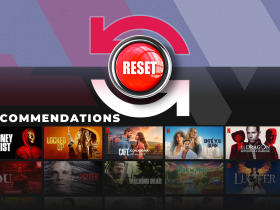
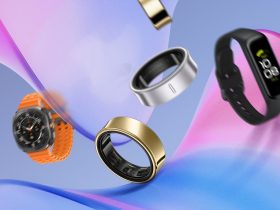
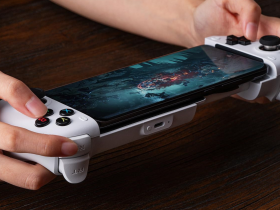

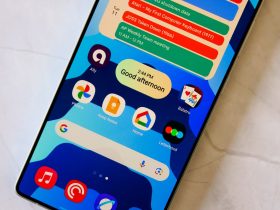

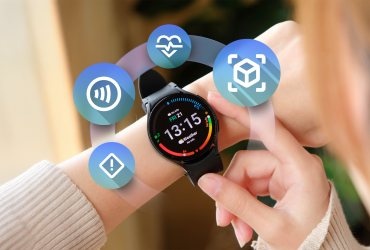
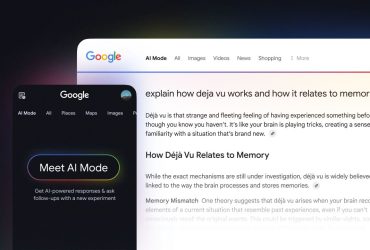
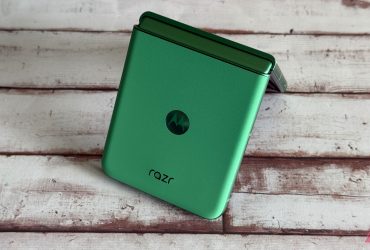
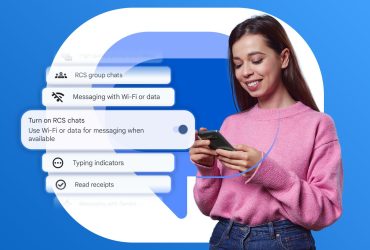
Leave a Reply
View Comments